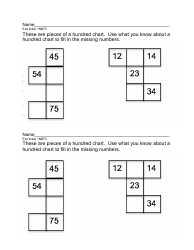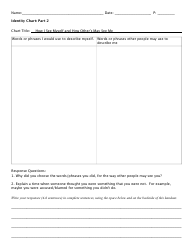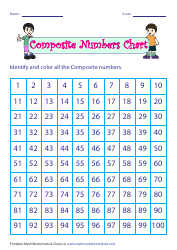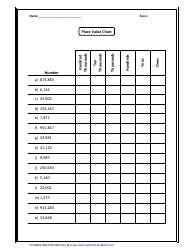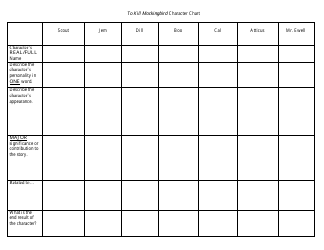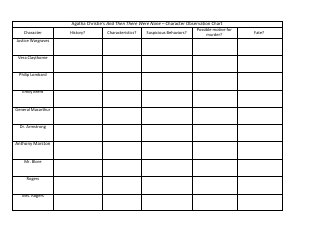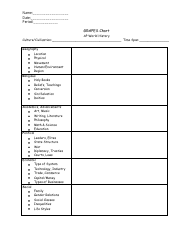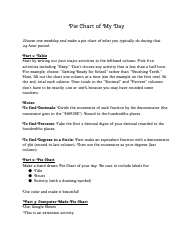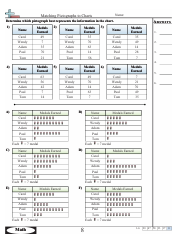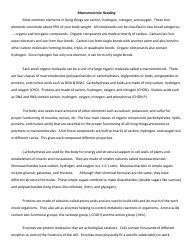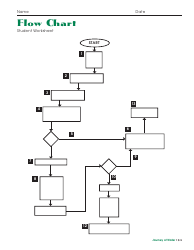Macromolecule Overview Chart Worksheet
The Macromolecule Overview Chart Worksheet is a tool used to organize and summarize information about various macromolecules such as carbohydrates, proteins, and lipids. It helps in understanding the structure, functions, and examples of each macromolecule. It is commonly used in biology or chemistry classes to aid in the study and comprehension of macromolecules.
FAQ
Q: What is a macromolecule?
A: A macromolecule is a large molecule composed of smaller subunits called monomers.
Q: What are the four main types of macromolecules?
A: The four main types of macromolecules are carbohydrates, lipids, proteins, and nucleic acids.
Q: What is the function of carbohydrates?
A: Carbohydrates are a source of energy for the body and can also be involved in cell structure.
Q: What are lipids?
A: Lipids are molecules that include fats, oils, and waxes and are important for energy storage and insulation.
Q: What is the function of proteins?
A: Proteins have diverse functions, including acting as enzymes, transporting molecules, and providing structure.
Q: What are nucleic acids?
A: Nucleic acids are molecules that store and transmit genetic information, such as DNA and RNA.
Q: What are the monomers of carbohydrates?
A: The monomers of carbohydrates are called monosaccharides, such as glucose and fructose.
Q: What are the monomers of proteins?
A: The monomers of proteins are called amino acids.
Q: What are the monomers of nucleic acids?
A: The monomers of nucleic acids are called nucleotides.
Q: How are macromolecules formed?
A: Macromolecules are formed through a process called polymerization, where monomers are joined together.


